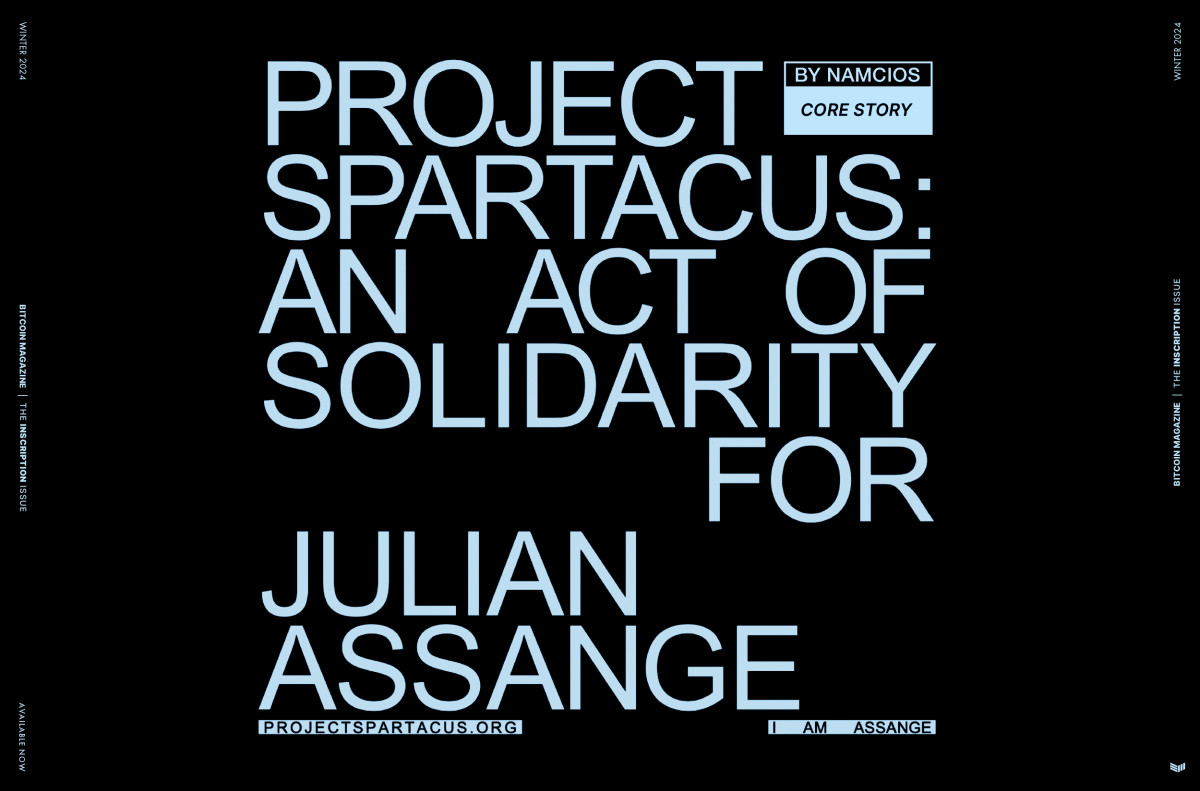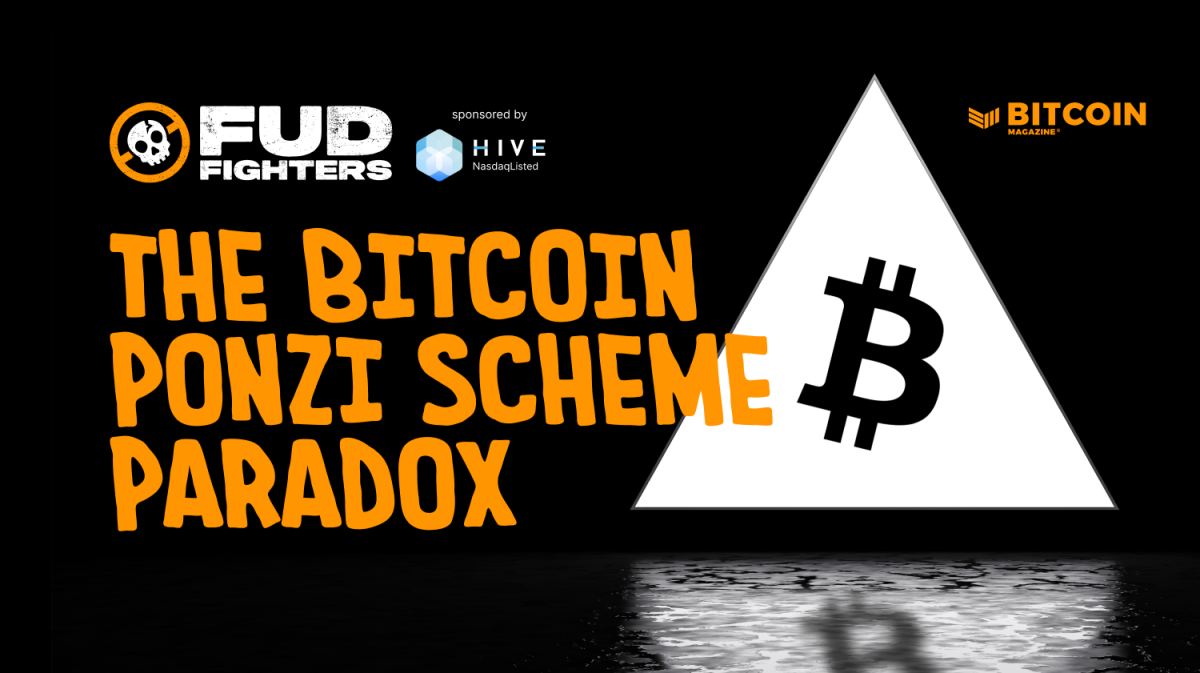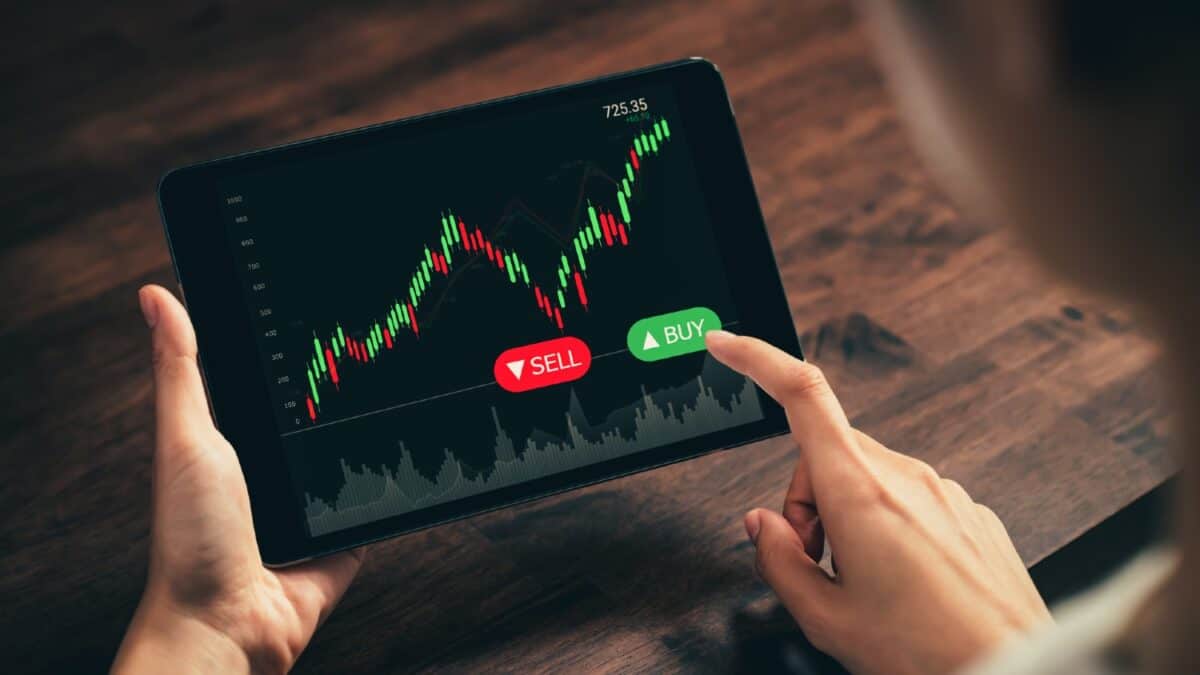Understanding Tokenization in Cryptocurrency
Discover the concept of tokenization and its significance in the world of cryptocurrency. Learn about the differences between tokens and traditional currencies, and how they are used in the ever-evolving crypto market.

|
Table of Contents |
Introduction
The bitcoin industry is always changing, with new ideas and technologies appearing daily. Tokenization is one such idea that has grown in favour in recent years. Tokenization, put simply, is the act of transforming physical assets on a blockchain network into digital tokens. This increases the assets' accessibility and liquidity by enabling fractional ownership and trade. We will go deeper into the idea of tokenization in cryptocurrency and examine its numerous aspects in this essay.
Understanding Tokenization in Crypto
a. What is Tokenization?
Tokenization is the process of breaking down an asset into smaller units in order to create digital tokens that represent ownership or rights to that asset. These tokens are then stored and transferred on a blockchain network, which acts as a decentralized ledger. This allows for the secure and transparent tracking of ownership and transactions.
b. How does it work in Crypto?
In the world of crypto, tokenization is used to create digital assets that can represent various types of real-world assets such as stocks, commodities, real estate, etc. These tokens are issued on a blockchain network and can be bought, sold, or traded just like any other cryptocurrency. This creates a more efficient and accessible way of investing in these assets.
c. Benefits of Tokenization in Crypto
There are several benefits to using tokenization in the crypto space. Among the most important ones are the following:
- Increased liquidity: By breaking down assets into smaller units and creating a market for them on blockchain networks, tokenization allows for increased liquidity of traditionally illiquid assets.
- Lower barriers to entry: Tokenization makes it possible for individuals to invest in assets that were previously only accessible to high net worth individuals or institutional investors due to high minimum investment requirements.
- Greater transparency: Blockchain technology ensures that ownership and transaction records are stored on a decentralized and immutable ledger, making them transparent and tamper-proof.
- Improved efficiency: By eliminating intermediaries and using smart contracts for transactions, tokenization reduces the time and costs associated with traditional asset trading.
Types of Tokens used in Crypto
There are several types of tokens that can be created through tokenization in the crypto space. Some of the most common ones are:
a. Security Tokens
Security tokens represent ownership or rights to an underlying asset, similar to traditional securities such as stocks and bonds. They are regulated by financial authorities and offer investors potential returns in the form of dividends, profit-sharing, etc.
b. Utility Tokens
Utility tokens give holders access to a product or service provided by the issuing company. They are not considered securities and do not represent ownership or rights to an underlying asset.
c. Payment Tokens
Payment tokens, also known as cryptocurrencies, serve as a medium of exchange on blockchain networks. They can be exchanged for other assets or used to buy products and services.
Tokenization Process
The process of tokenizing real-world assets in the crypto space can be broken down into three main steps:
a. Issuance of Tokens
The first step involves creating digital tokens that represent ownership or rights to an underlying asset. This is done by converting the asset's information into a digital format and storing it on a blockchain network.
b. Distribution of Tokens
Once the tokens are created, they are distributed to investors through various means such as private sales, public offerings, or token exchanges.
c. Trading and Exchange of Tokens
The final step involves the trading and exchange of tokens on blockchain networks. This is done through peer-to-peer transactions or through decentralized exchanges.
Potential Challenges and Risks
While tokenization offers many benefits, there are also potential challenges and risks that should be considered.
a. Regulatory Uncertainty
The regulatory landscape for tokenized assets is still in its early stages, leading to uncertainty and potential legal issues. This can make it challenging for companies to comply with regulations and may deter investors from participating.
b. Lack of Liquidity
While tokenization aims to increase liquidity for traditionally illiquid assets, there is still a lack of liquidity in the market due to limited trading volume and low adoption rates.
c. Security Vulnerabilities
Tokenization involves the use of blockchain technology, which is not immune to security vulnerabilities. This can pose a risk to investors' funds and personal information.
FAQs About Tokenization in Crypto
Q: How does tokenization differ from traditional asset trading?
A: Traditional asset trading involves physical ownership and transfer of assets, whereas tokenization creates digital representations of the underlying assets on a blockchain network. This allows for more efficient and accessible trading.
Q: Are there any regulatory requirements for companies looking to tokenize their assets?
A: Yes, companies must comply with existing financial regulations and may need to seek approval from relevant authorities before tokenizing their assets.
Q: Can individuals invest in tokenized assets through traditional brokerage accounts?
A: It depends on the specific brokerage firm and the type of tokens being offered. Some firms may offer this option, while others may require individuals to use specialized cryptocurrency exchanges.
Q: What is the role of smart contracts in tokenization?
A: Smart contracts are used to automate and enforce the terms of a trade or investment. They ensure that transactions are executed in a secure, transparent, and efficient manner.
Q: How does tokenization impact the valuation of an asset?
A: Tokenization can potentially increase the liquidity and demand for an asset, leading to a higher valuation. However, market conditions and other factors also play a role in determining the value of a tokenized asset. End of Document.
Conclusion
Tokenization has opened up a world of possibilities in the crypto space, allowing for the democratization of asset ownership and trading. However, it is important to understand the concept and its various facets before investing in tokenized assets. As the regulatory landscape evolves and technology advances, we can expect to see even more innovation in this area, making tokenization an integral part of the future of finance. So, keep yourself updated with the latest developments and opportunities in tokenization to make informed investment decisions. Let's embrace the power of tokenization and its potential to revolutionize traditional finance. Happy investing! #Tokenization #CryptoAssets #BlockchainTechnology
___
Disclaimer: This content is for informational purposes only and does not constitute investment advice. Do your own homework before making any financial decisions at all.
What's Your Reaction?

























































